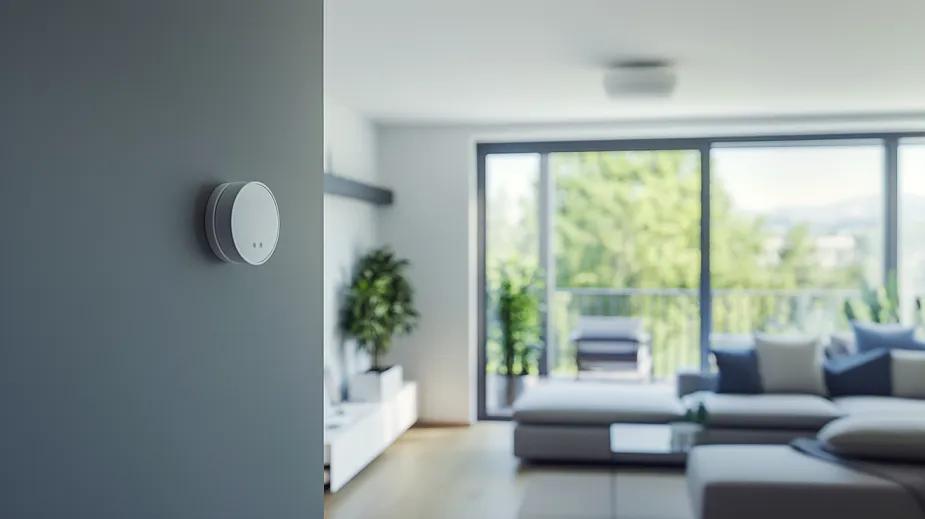Why You Need Carbon Monoxide Detectors in Your Home

CO Alarms Can Alert You If Dangerous Gas Leaks from Appliances
When it comes to keeping our homes safe, we often think about smoke detectors and home security systems. But one critical safety device that shouldn’t be overlooked is carbon monoxide (CO) detectors – especially if you have gas appliances like a furnace. HVAC.com explains the dangers associated with carbon monoxide, how CO detectors work, and why they should be installed in every house.
What Is Carbon Monoxide?
Carbon monoxide is referred to as the “silent killer” because it’s a colorless, odorless gas that can be incredibly dangerous. It’s produced when fuels like natural gas, propane, or oil don’t burn completely. Ideally, your gas appliances should operate safely, but sometimes things go wrong. A furnace with a cracked heat exchanger, a blocked vent, or even improper installation can lead to carbon monoxide leaking into your home.
This risk of a CO leak is particularly high during the winter when furnaces are working overtime. Exposure to carbon monoxide can cause symptoms like headaches, dizziness, and confusion. In severe cases, it can even be fatal.
Recognizing the dangers and taking preventive measures by installing carbon monoxide detectors around your home is crucial for your family’s safety, especially if you home has any of the following common gas appliances that can potentially leak carbon monoxide:
- Gas furnaces
- Gas water heaters
- Gas stoves and ovens
- Gas fireplaces
- Gas dryers
- Gas heaters (portable and wall-mounted)
- Gas generators
- Gas boilers
Even if you don’t have gas appliances, it’s still a good idea to install detectors if there are other potential sources of CO such as attached garages or fuel-burning equipment.
How Do CO Detectors Work?
Carbon monoxide detectors use sensors to alert you if CO levels in your home become dangerous. Most detectors will sound an alarm when they sense high levels of carbon monoxide. Some models even feature digital displays that show real-time CO levels, giving you added peace of mind.
Where Should You Install CO Detectors?
The U.S. Environmental Protection Agency recommends placing a CO detector on every level of your home, especially near sleeping areas. This way, you’re more likely to hear the alarm if it goes off at night. They should be installed about 5 feet above the floor or on the ceiling.
It’s also a good idea to install one near gas appliances and in the basement if you have a gas furnace down there. Just be cautious not to place detectors too close to those appliances or in very humid areas, like bathrooms, as this can trigger false alarms. Place them at least 15 feet away from these appliances.
Maintenance Can Prevent Carbon Monoxide Leaks
Keeping your CO alarms well maintained is crucial to preventing carbon monoxide leaks. Replace the batteries about every 6 months, and test the alarms monthly to ensure they’re working correctly. Most CO detectors have a lifespan of about 5 to 7 years, so keep an eye on that, too, and replace them when needed.
To prevent a carbon monoxide leak in the first place, have your fuel-burning appliances inspected annually by a professional, according to the U.S. Consumer Product Safety Commission (CPSC). For fuel-burning furnaces and boilers, maintenance is recommended each year, typically in the fall before you start using them regularly.